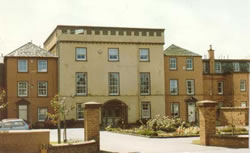 THE Bells and Helensburgh are inextricably linked with the history of the other.
THE Bells and Helensburgh are inextricably linked with the history of the other.
Margaret Bell, wife of Henry Bell, owner of the 'Comet' and Helensburgh’s first Provost, was a Seceeder who travelled to Dumbarton to worship. Later she opened her home, the Bath’s Hotel, for Sunday worship, arranging for a minister to come and preach there.



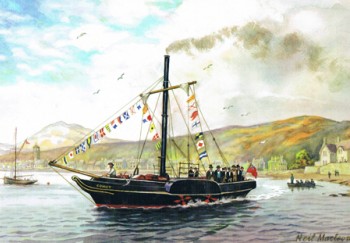 A PAINTING of Henry Bell's Comet is now available as an A3 print.
A PAINTING of Henry Bell's Comet is now available as an A3 print. 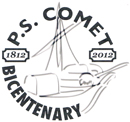 HELENSBURGH Tree Conservation Trust's Spring Planting in the spring of 2012 included a celebration of the Comet bicentenary.
HELENSBURGH Tree Conservation Trust's Spring Planting in the spring of 2012 included a celebration of the Comet bicentenary.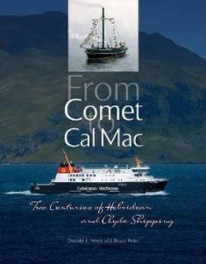 A BOOK which uses Henry Bell's Comet as its starting point, 'From Comet To Cal Mac', was published at the start of 2012, the Comet bicentenary year.
A BOOK which uses Henry Bell's Comet as its starting point, 'From Comet To Cal Mac', was published at the start of 2012, the Comet bicentenary year. 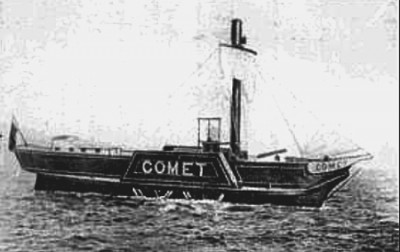 WHEN Henry Bell’s steamboat Comet started its career, it introduced the pleasure of spending a day at a seaside resort to Glasgow’s teeming population, eager for a breath of salt water air.
WHEN Henry Bell’s steamboat Comet started its career, it introduced the pleasure of spending a day at a seaside resort to Glasgow’s teeming population, eager for a breath of salt water air. 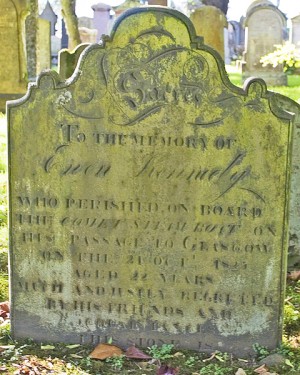 THE second Comet was built at Dumbarton in 1821, and maintained the West Highland service for four years.
THE second Comet was built at Dumbarton in 1821, and maintained the West Highland service for four years. 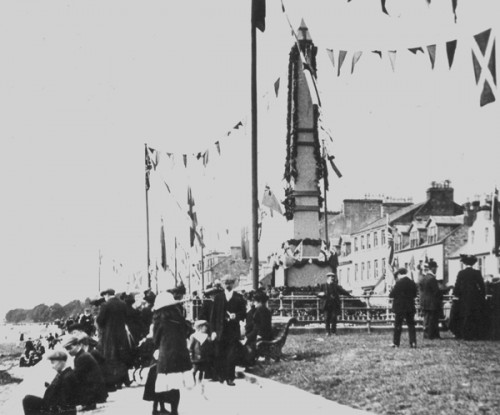
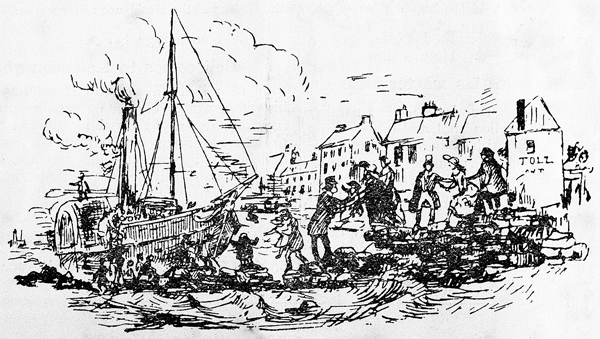

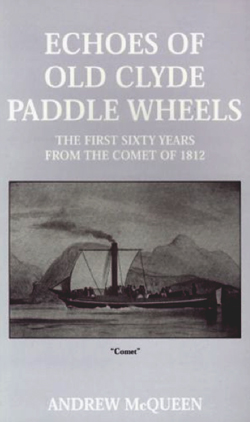 THE debate on Henry Bell's claim to fame is mentioned in a book entitled 'Echoes of Old Clyde Paddle Wheels' by Andrew McQueen, first published in 1924 although there may have been more recent editions.
THE debate on Henry Bell's claim to fame is mentioned in a book entitled 'Echoes of Old Clyde Paddle Wheels' by Andrew McQueen, first published in 1924 although there may have been more recent editions.
